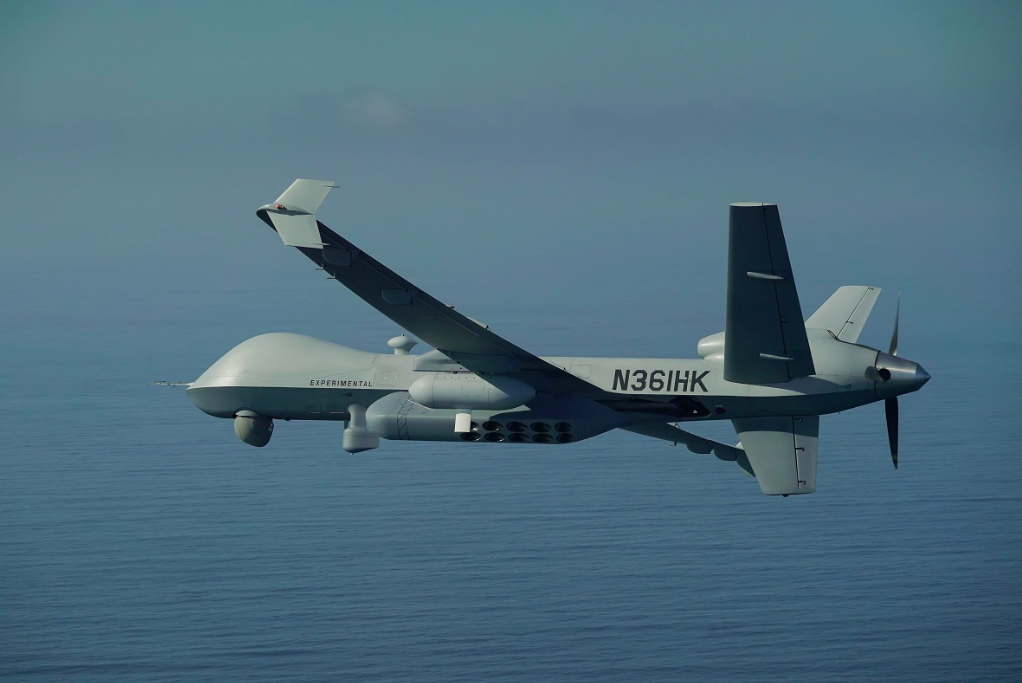
Autonomy for road vehicles has been much in the headlines lately, and the global military has been quick to take an interest in using this emerging technology for aerial applications.
One recent survey, from the Teal Group, estimated that the global market value for unmanned aerial vehicles (UAVs) will exceed last year’s figure of US$5.6 billion rising to US$14 billion in 2029, totalling US$95.5 billion in the next decade.
Steve Zaloga, a co-author said, “The study predicts that the US will account for 80% of total military worldwide research, development, test & evaluation spending on UAV technology over the next decade and 40% of the military procurement. Much of this is intended to develop the next generation of systems that can survive in contested airspace.”
Does this mean autonomous military air vehicles will play a crucial part of future warfare? The Indian army seems to think so and has just invested in a US$20 million contract for a high-altitude variant of ideaForge's Switch UAV. Perhaps with increasing friction with China in mind, the drones are fixed wing VTOL (vertical take-off and landing) units that are light enough to be carried by one person, yet offer long flight times.
The company, which whose backers include Infosys and Qualcomm, aim to deliver over the next 12 months.
Can drones attack submarines?
Not yet, however General Atomics Aeronautical Systems (GA-ASI) has completed successful trials of a self-contained anti-submarine warfare (ASW) drone which could one day be used for tracking. Using a SATCOM link and a series of buoys, the machine navigated with remotely processed bathythermal and acoustic data to continuously track a MK-39 EMATT (expendable mobile ASW training target) over a three hour period. The location of the test was the Navy Pacific test range, while the target track took place in real-time from the Laguna Flight Operations Facility located at the Yuma Proving Grounds.
GA-ASI President David Alexander explained, “This demonstration is a first for airborne ASW. The successful completion of this testing paves the way for future development of more anti-submarine warfare capabilities from our MQ-9s. We look forward to continuing collaboration with the US Navy as they explore innovative options for distributed maritime operations in the undersea domain.”

















